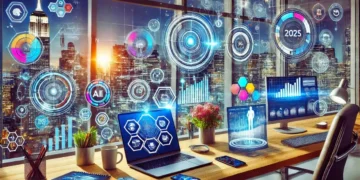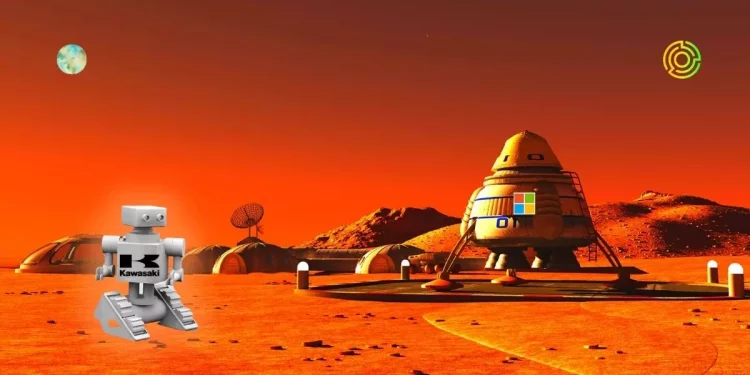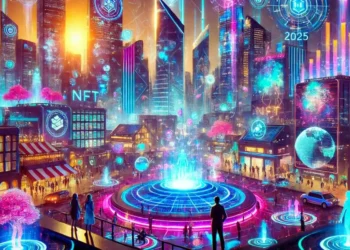Leading tech giants Microsoft and Kawasaki have collaborated on a metaverse-themed project to build robots.
Microsoft’s famous industrial metaverse is about to get more popular after partnering with Kawasaki Robotics on a new project. In an announcement Tuesday, Kawasaki will use Microsoft’s industrial metaverse to create robots.
The industrial metaverse is nothing more than a factory floor where workers wear Microsoft HoloLens headsets to assist in production, repair and supply chain management. First launched in 2016, HoloLens seem to have gained more traction amid the metaverse craze.
HoloLens allow users to experience augmented reality, enabling them to overlay 3D virtual models of products on top of real-life structures. The headsets initially penetrated the medical and design and construction sectors before the metaverse brought a new dimension to their use cases.
Microsoft’s industrial metaverse encompasses more than just the use of augmented reality headsets. The ecosystem involves combining multiple technologies, including the Windows maker’s cloud computing resources, to help workers build products faster and more efficiently.
One of the promotional concepts for the industrial metaverse refers to a situation where, instead of calling a repairman to come to the warehouse to perform various tasks, a HoloLens headset can be used, allowing the worker to chat with co-workers on the spot and guide them through the process with augmented reality visual illustrations.
Microsoft’s Industrial Metaverse
Kawasaki is not the first company to take advantage of Microsoft’s innovative industrial metaverse to speed up the production cycle. Pennsylvania-based food processor Heinz said it will use the industrial metaverse in the Ketchup business.
Microsoft executives believe the industrial metaverse offers a glimpse of what immersive experiences could achieve in the future amid the rapid adoption of 3D virtual technologies.
“That’s why I think you’re seeing a lot of energy in that space,” Hawk said. “These are real-world problems that these companies are facing … so having a technology solution that can help unlock the supply chain challenge, for example, is incredibly impactful.”
Microsoft’s burgeoning business speaks volumes about the state of the metaverse. While we’ve heard promises of a sci-fi future where everyone works, plays and interacts with virtual reality, current uses have more to do with business applications than the needs of the average consumer.
For example, Meta’s upcoming mixed reality headset will be more expensive than its $299 virtual reality headset and will be marketed to people who want to feel “present” while working remotely. In fact, one of Meta’s first Metaverse products was an app that lets you hold meetings in virtual reality.
But the difference is that Microsoft has the upper hand and is, in fact, selling its mixed reality technology to enterprises while giving developers the tools they need to create their own metaverse experiences.
“We really see a differentiation in the way we’re pursuing our strategy that recognizes that people are going to experience the metaverse across a variety of devices and platforms,” Hawk said.
This means that metaverse products also work on 2D screens, such as the new features Microsoft added to its Teams chat application last year, in which people can appear as digital avatars. These kinds of features may carry over to headsets and other platforms in the future.
“We’re very excited because it’s a time when there’s a lot of innovation happening,” Hawk said. There are things we understand today. And we recognize many, many more things that we haven’t fully realized yet. So it’s a very exciting time for us.”
The tech conglomerate bought global gaming giant Activision Blizzard in a $69 billion deal earlier this year as part of its grand strategy for the metaverse.
At the time, Microsoft CEO Satya Nadella said that by combining the video game developer’s strategic benefits with Microsoft’s products (Xbox, HoloLens and Azure cloud services), the acquisition could help create the infrastructure needed to harness the full potential of the metaverse.











































